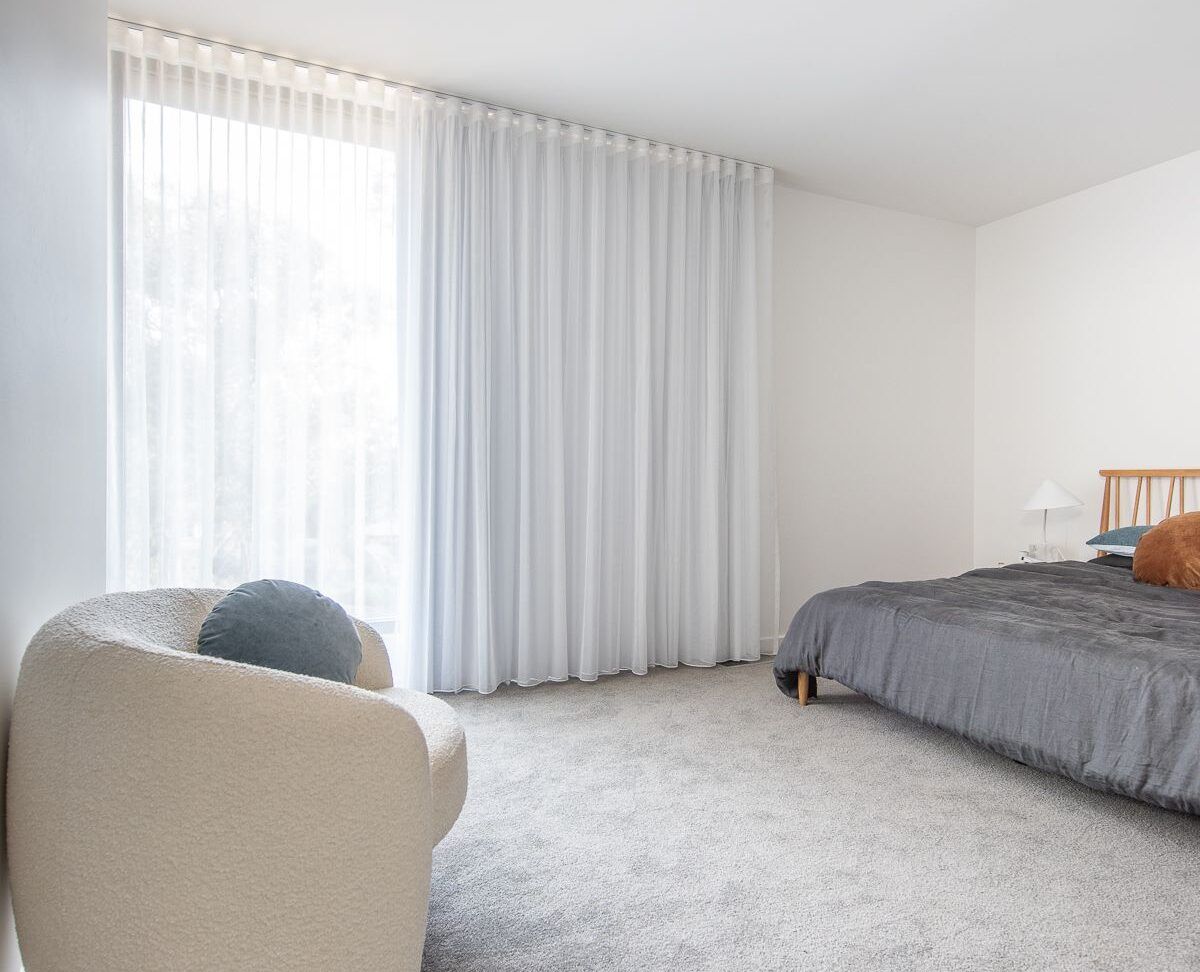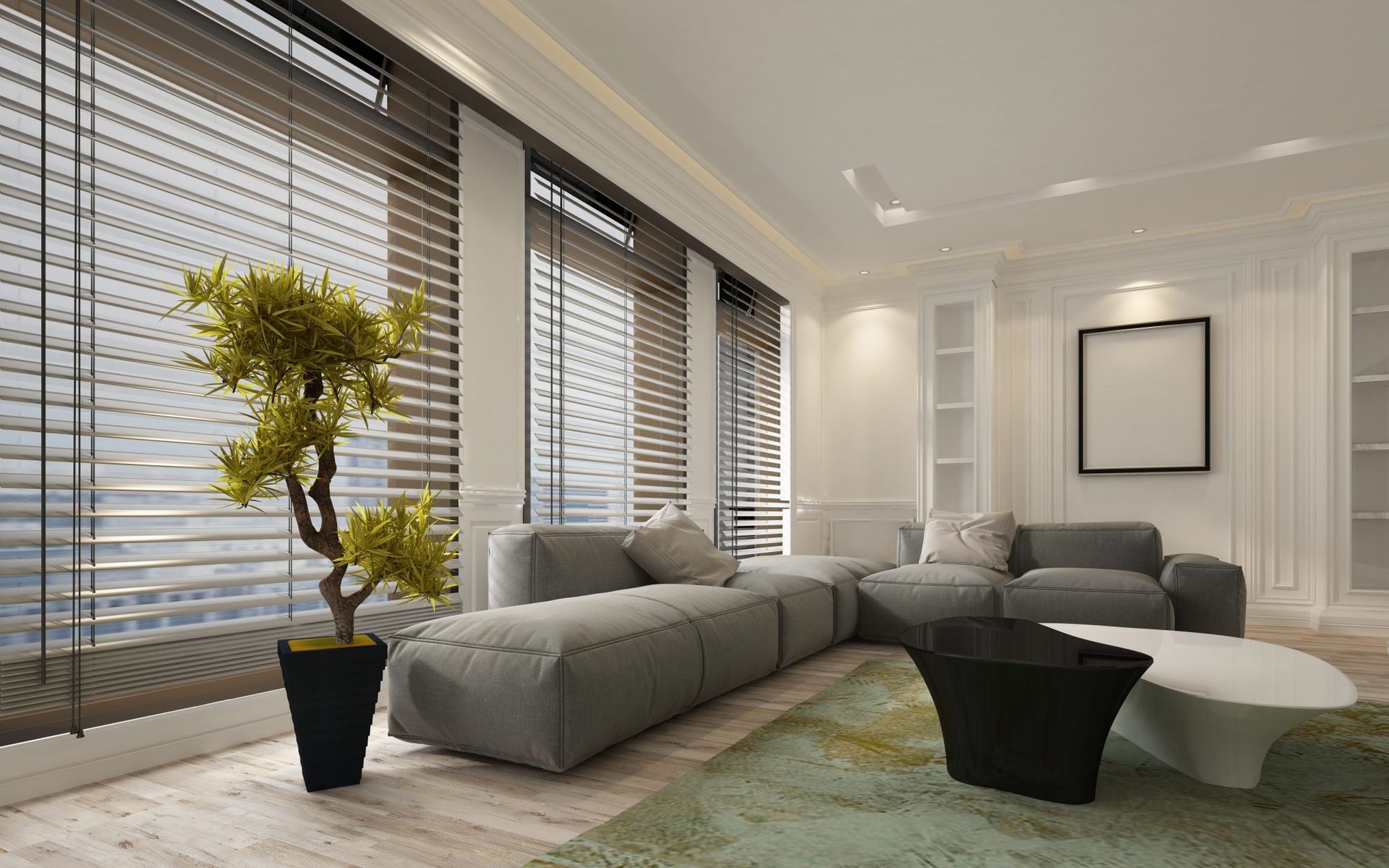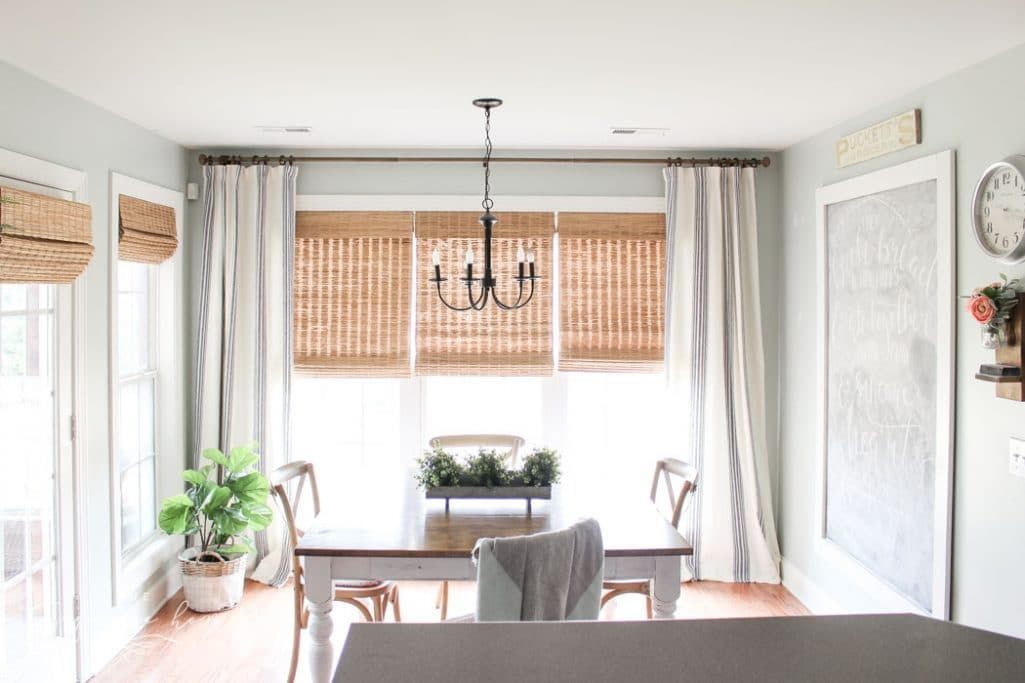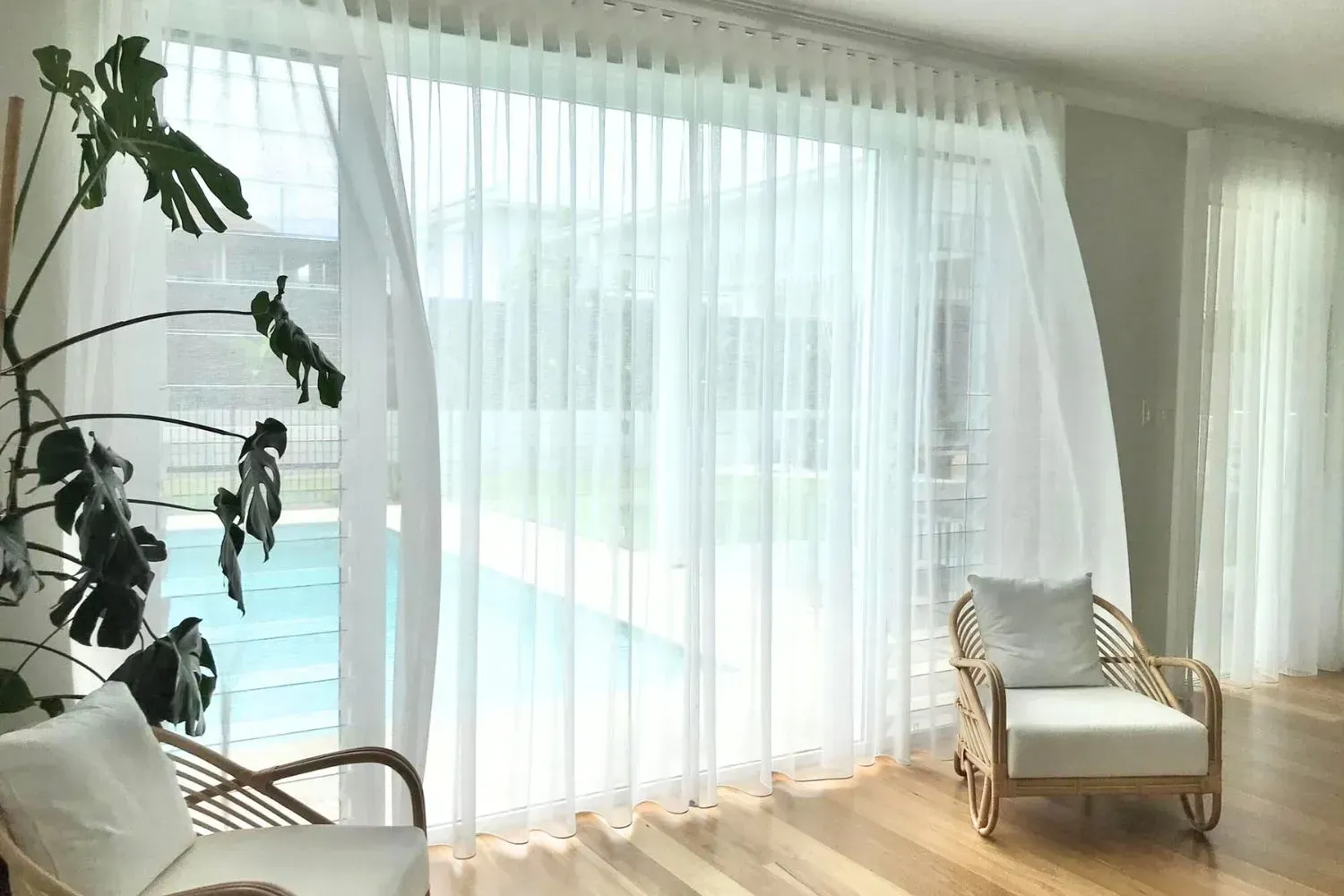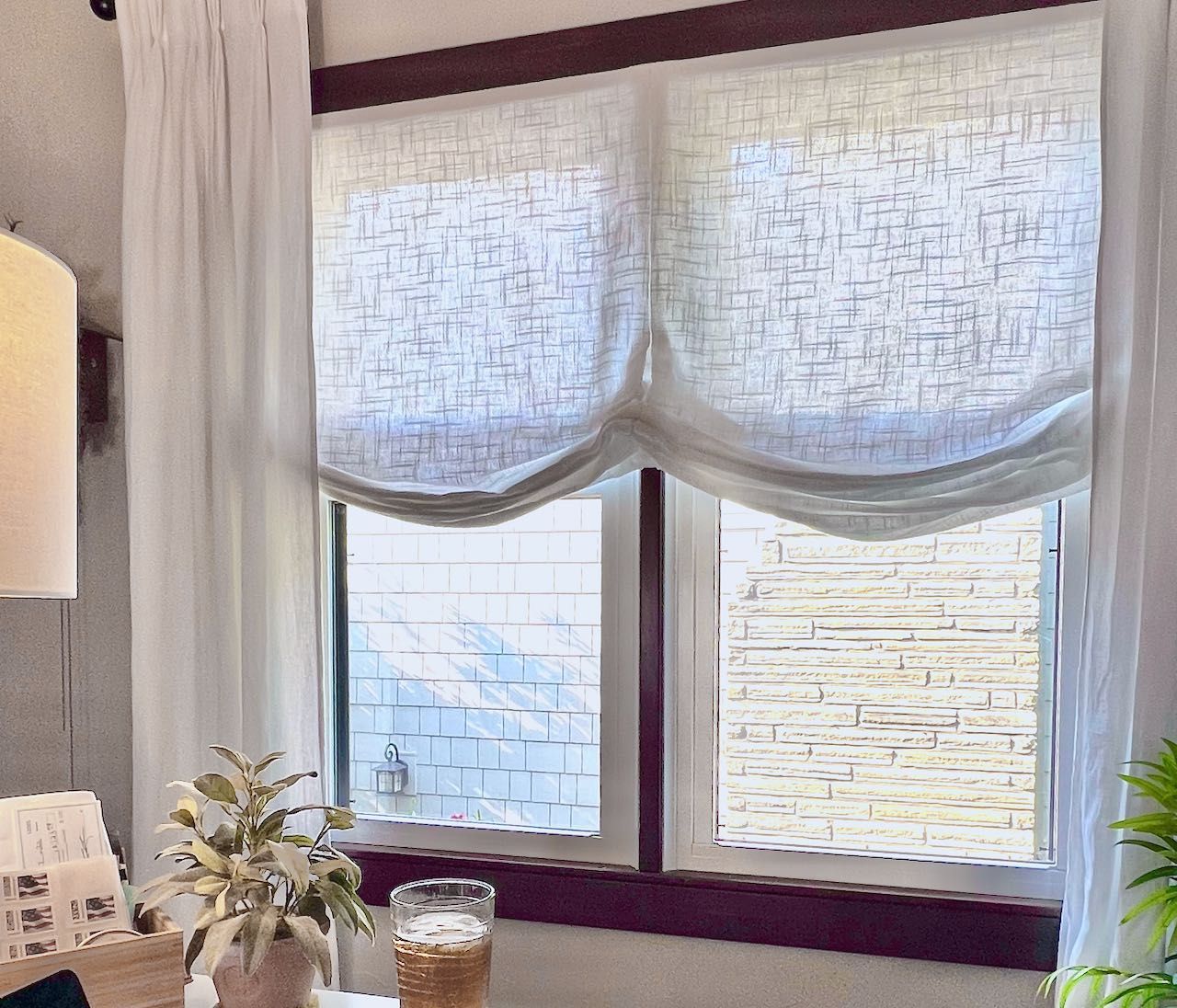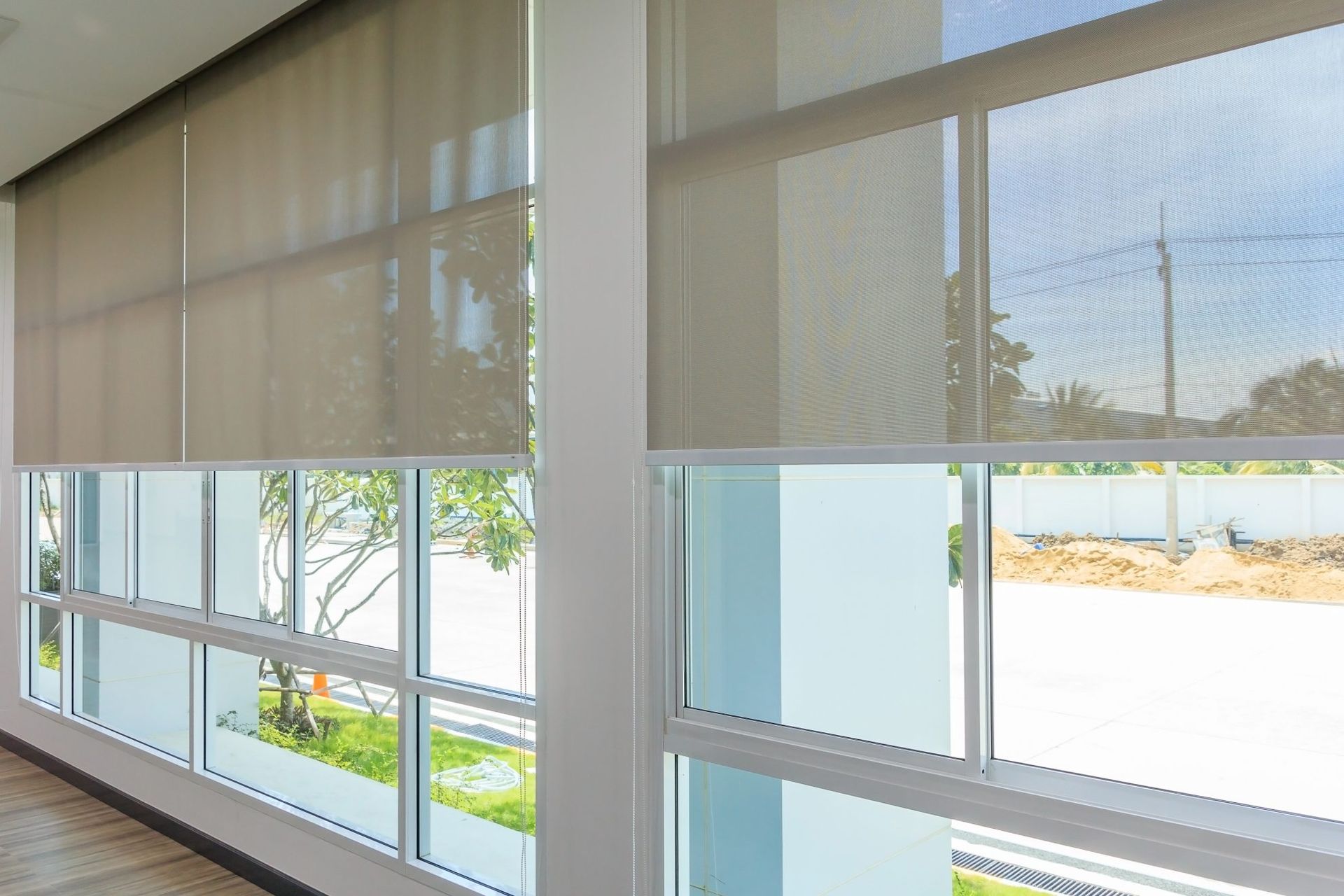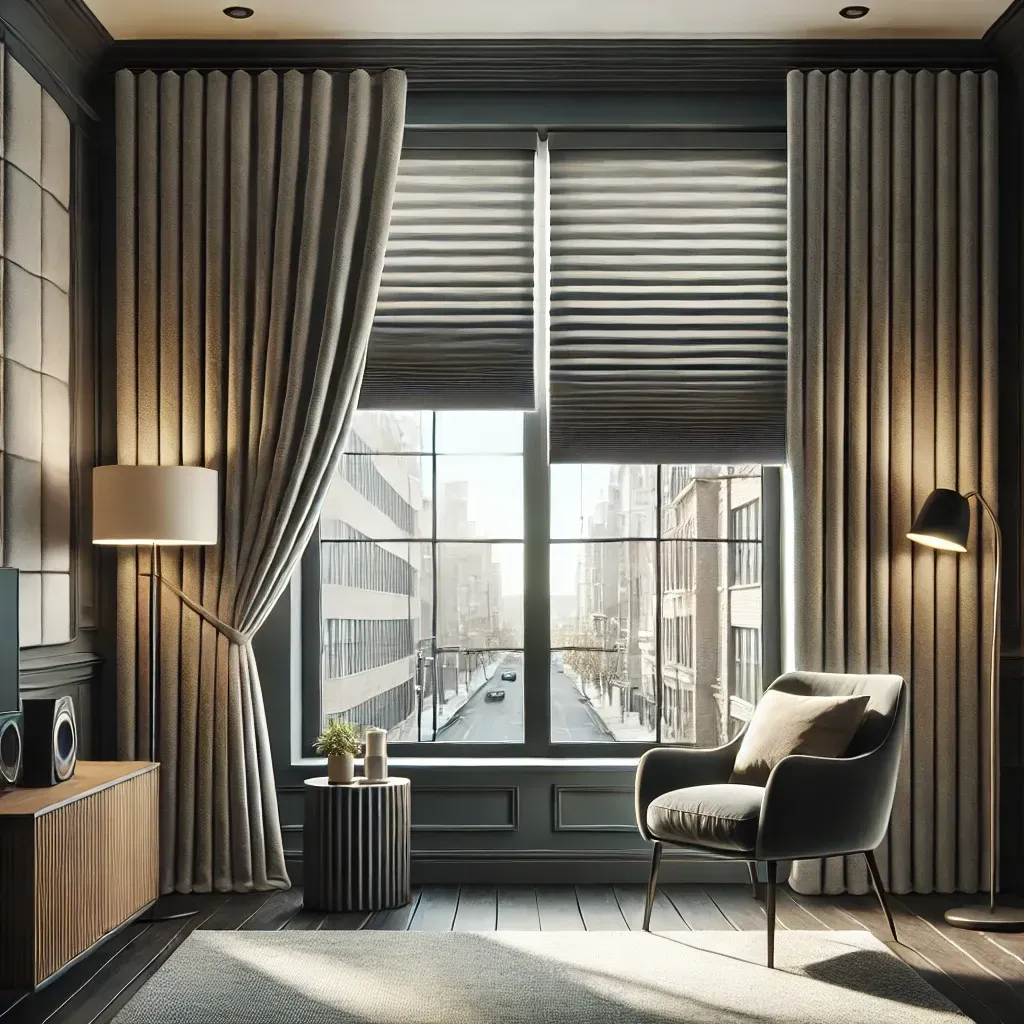What Percent Solar Shade Should You Get?
TLDR;
The ideal solar shade openness depends on your needs: 1%-3% for maximum privacy, 5%-7% for balanced light and visibility, and 10% or higher for clear outdoor views. Lower percentages block more UV and glare, while higher ones let in more natural light.
Solar Shade Openness Guide: What You Need to Know Right Away

When choosing solar shades, the first decision is the openness percentage—and it matters more than you might think.
This single factor determines how much light enters your space, how well you can see outside, and how much privacy you’ll have during the day.
Here’s a breakdown to start:
- 1%-3% Openness: Great for privacy, bedrooms, and media rooms
- 4%-5% Openness: Balanced for offices, kitchens, and common areas
- 10%+ Openness: Ideal for sunrooms and living spaces with beautiful views
At
Love Is Blinds KY, we always tell our customers:
The lower the percentage, the tighter the weave. The tighter the weave, the more light and heat it blocks.
What Is Solar Shade Openness Percentage?
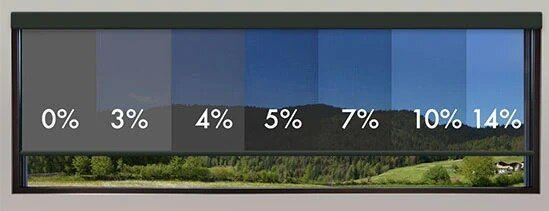
The solar shade openness percentage refers to how much of the shade’s surface is actually open (tiny holes in the fabric) versus solid.
- A
1% openness shade has 99% of its surface woven tightly—blocking almost all light and views.
- A
10% openness shade has 90% coverage, but still lets in plenty of light and some outdoor visibility.
Openness Percentage Range:
| Openness | What It Means | Visibility | Light Control | Privacy |
|---|---|---|---|---|
| 1%–3% | Tight weave, high UV block | Low | High | Very High |
| 4%–5% | Medium weave, balance of view/light | Moderate | Moderate | Moderate |
| 10%+ | Loose weave, clearer outdoor views | High | Low | Low |
The percentage you choose is like adjusting your sunglasses—do you want full blackout, or just a tint?
Solar Screen Percentage Options by Use Case
Here’s a quick reference you can use before you even call a professional:
| Openness | Best For | Light Control | Privacy | UV Protection |
|---|---|---|---|---|
| 1%-3% | Bedrooms, Media Rooms | Very High | Very High | ~99% |
| 4%-5% | Offices, Kitchens | Moderate | Medium | ~95% |
| 10%+ | Sunrooms, Living Rooms | Light Filtering | Low | ~80% |
The tighter the weave, the better the glare reduction and UV blocking.
How to Choose the Right Solar Shade for Your Space

By Room Type:
Bedroom
- Use
1%-3% openness
- Maximum privacy and darkness
- Reduces early morning light and helps with sleep
Living Room
- 5% openness is ideal
- Keeps the room bright, but still filters harsh glare
- Preserves your view during the day
Kitchen
- Go for
5%-10% openness
- Allows daylight while you cook or entertain
- Still provides decent UV protection
Office or Home Workspace
- 3%-5% openness
- Helps reduce
glare on screens
- Prevents eye strain and discomfort
By Window Orientation:
West or East-Facing Windows
- Choose
lower openness (1%-3%)
- These get the most direct sunlight during morning or late afternoon
- Keeps heat and glare under control
North-Facing Windows
- You can use
higher openness (7%-10%)
- Less sun means you don’t need as much protection
- Enjoy more natural light with low risk of overheating
South-Facing Windows
- Moderate exposure throughout the day
- 4%-5% openness offers a strong balance
How Fabric Color Affects Openness and Performance
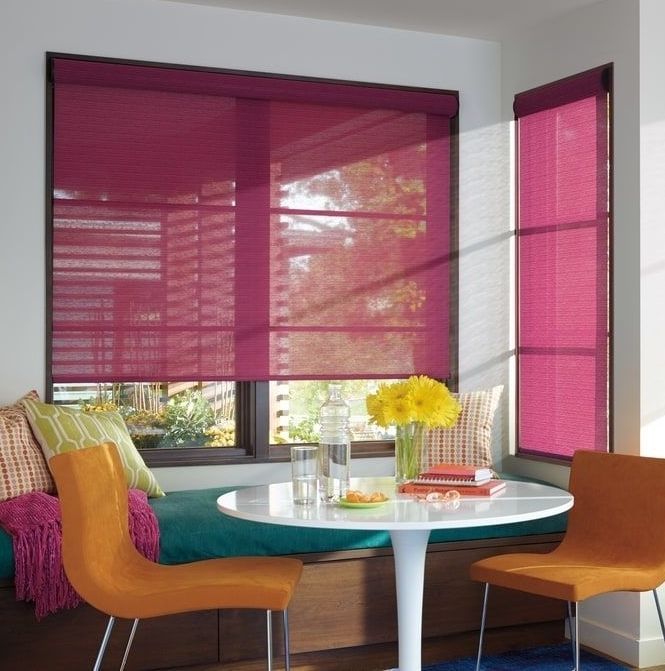
The fabric color plays a big role in how the shade performs—even when the openness percentage stays the same. If you're focused on heat reduction with solar shades, lighter fabrics are especially effective.
Light Fabric Colors:
- Reflect more sunlight
- Help reduce heat
- Create a softer, brighter interior look
- Provide less glare protection
Dark Fabric Colors:
- Absorb more heat
- Reduce glare more effectively
- Provide clearer outdoor views
- Offer better visibility during the day
If you're layering with curtains or have
motorized options, the
color can fine-tune your comfort level just as much as the openness.
Combining Solar Shades with Other Treatments
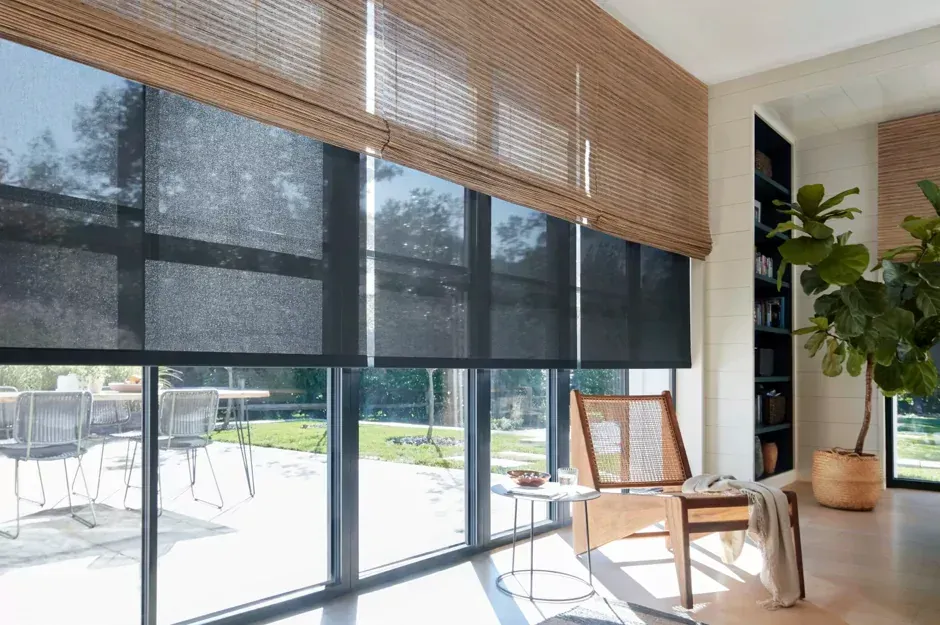
Solar shades don’t offer privacy at night when your interior lights are on. If that’s a concern:
- Layer them with blackout curtains
- Use
dual-shade systems (solar for day, blackout for night)
- Add
motorized options and automate them via smart home systems
Benefits of Window Treatment Layering:
- Total light control 24/7
- Noise reduction
- Better insulation
- Enhanced privacy
Addressing Common Misconceptions About Solar Shade Openness
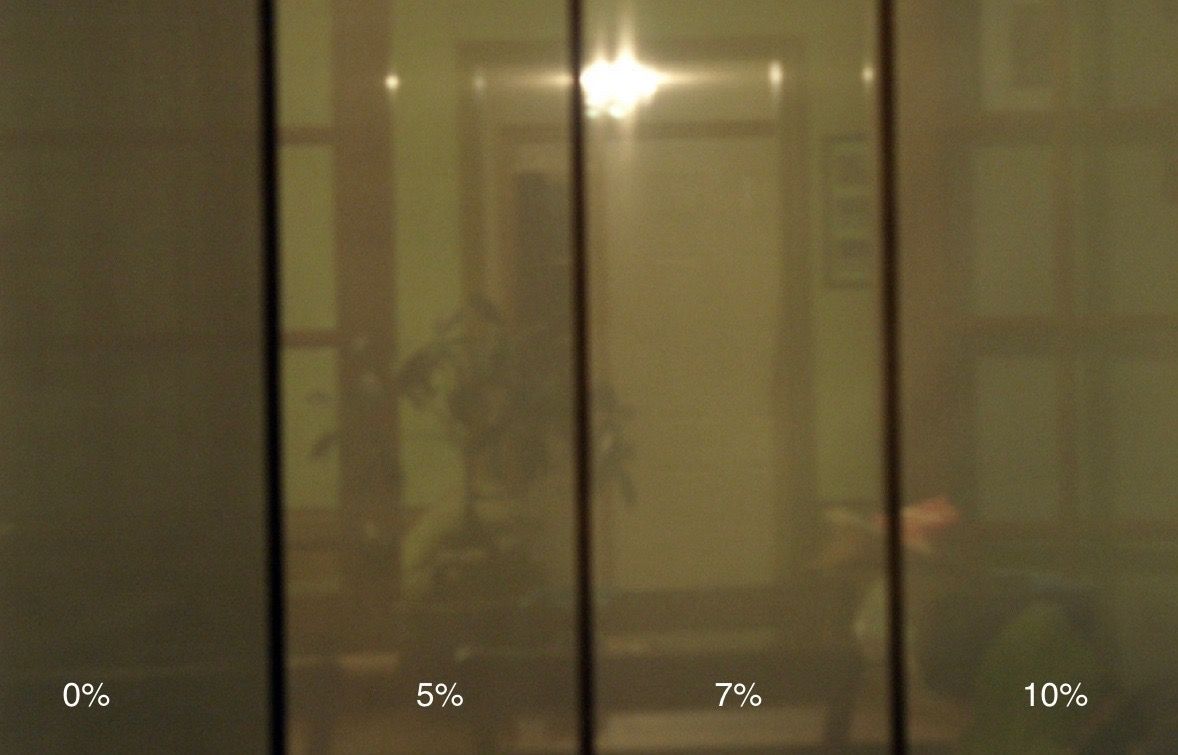
Let’s bust a few myths:
“All solar shades offer privacy at night.”
False. You’ll need to layer with blackout curtains if nighttime privacy matters.
“One openness level fits every room.”
Not true. Each space has unique light, privacy, and heat needs.
“More openness is always better.”
Only if
view and daylight are your top priority. If you want privacy or UV protection,
less is more.
Pro Tips Before You Buy
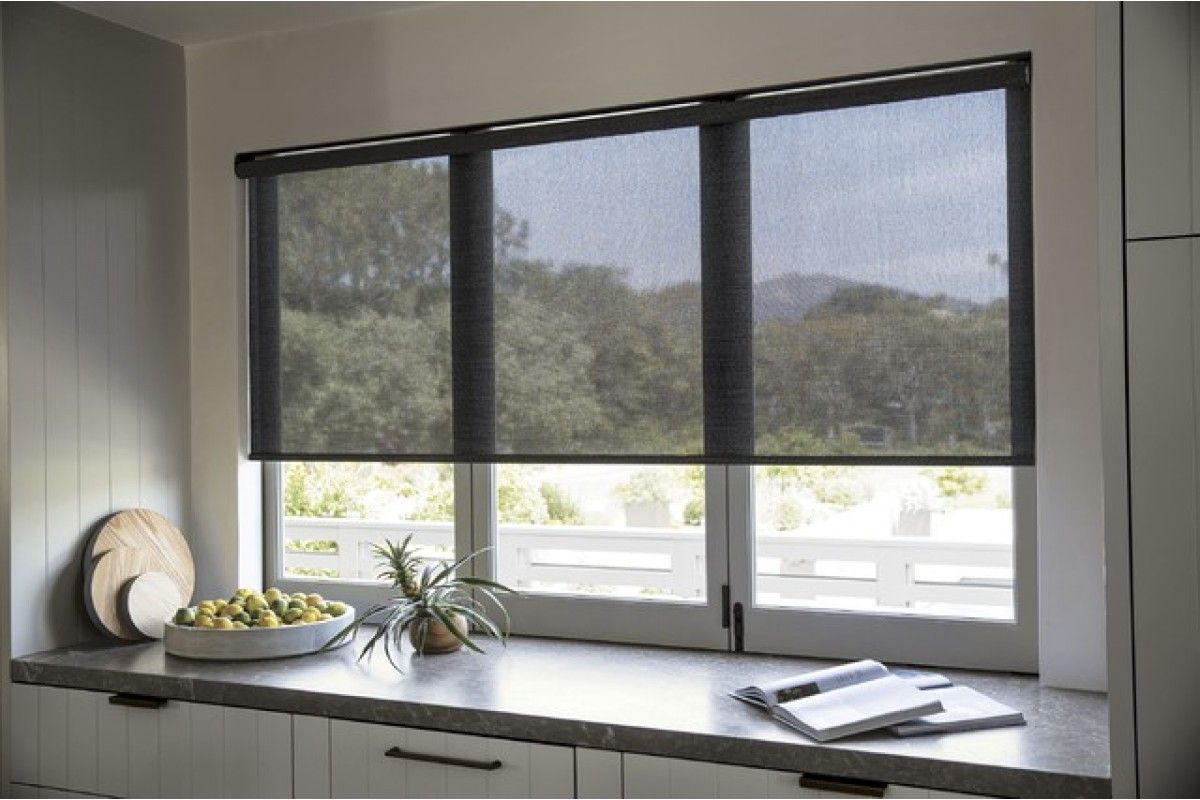
Before placing your order, test your choices.
- Request fabric swatches from
Love Is Blinds KY
- Check them in both
daylight and artificial light
- View them from
inside and outside
- Stand at a distance to check visibility and glare
- Always match the
shade openness to room function
Don’t guess. Test.
Solar Shades for Privacy, UV Protection, and Style
Solar shades are more than just fabric on a roller. They’re a tool for shaping how your room feels, functions, and protects your space.
From UV protection to daylight control and energy efficiency, these shades can completely change how your home works for you.
At Love Is Blinds KY, we recommend:
- 1%-3%: for private areas, screen-heavy rooms, and maximum UV defense
- 4%-5%: for balance in most rooms
- 10%+: for view lovers and natural light seekers
Want help choosing the perfect fit? Contact Love Is Blinds KY and speak with a local expert today. We’ll guide you through swatches, install options, and everything else you need.

